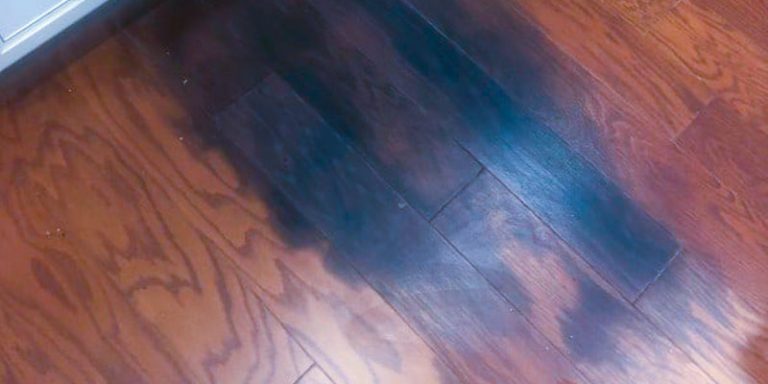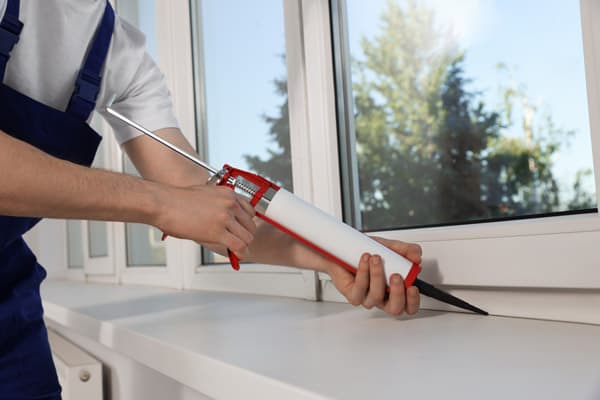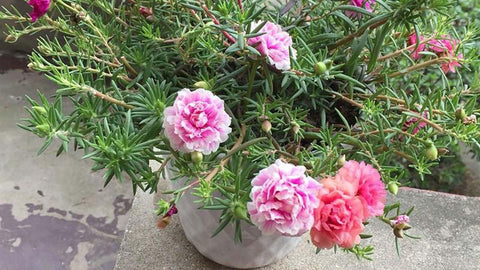Why does my wood have black spots?
The natural beauty of wood can be marred by the unwelcome appearance of black spots. These unsightly blemishes can diminish the aesthetic appeal of wood furniture, flooring, or decorative elements. Understanding the underlying causes of black spots is crucial for implementing effective removal strategies and preventing their recurrence. This article delves into the various factors that can contribute to black spots on wood, explores methods for identifying the specific culprit, and offers solutions for restoring the wood’s pristine appearance.
A Multitude of Culprits: Exploring the Underlying Causes of Discoloration
Black spots on wood can arise from a variety of sources. Here’s a breakdown of some common culprits:
-
Water Woes: Moisture-Induced Mold and Wood Rot: Excessive moisture exposure can lead to the growth of mold, which often manifests as black spots. Prolonged moisture can also cause wood rot, a fungal degradation that can lead to blackening and softening of the wood. Leaking pipes, improper ventilation, or high humidity levels can create ideal conditions for these moisture-related issues.
-
Fungal Foes: Staining and Decay Caused by Wood-Dwelling Fungi: Certain fungi can penetrate wood, causing discoloration and decay. These fungi can manifest as black spots, streaks, or splotches, often accompanied by a musty odor. Damp basements, attics, or areas with poor air circulation are particularly susceptible to fungal growth on wood surfaces.
-
Tannic Troubles: Oxidation and Discoloration in Certain Wood Species: Tannins are naturally occurring compounds present in some wood species. When these tannins are exposed to moisture or iron, they can oxidize and turn black, creating unsightly spots. Oak, cherry, and mahogany are some examples of wood varieties prone to tannin-related black spots.
-
External Elements: Sun Damage and Environmental Factors: Prolonged exposure to sunlight can cause wood to fade unevenly, leading to the appearance of dark spots. Additionally, environmental factors like air pollution or harsh chemicals can contribute to the darkening of wood surfaces over time.
-
Unforeseen Agents: Insect Infestation and Chemical Stains: Insect infestations, particularly by wood-boring beetles, can leave behind black frass (insect droppings) that appears as dark spots on the wood surface. Chemical spills or contact with harsh cleaning agents can also cause black stains on wood, requiring prompt attention to minimize damage.
Diagnosis and Differentiation: Identifying the Specific Cause of Black Spots
Accurately identifying the cause of black spots is essential for choosing the most suitable removal method. Here are some strategies for differentiation:
-
Visual Inspection: Clues Revealed by Appearance and Location: The size, shape, and distribution of the black spots can offer valuable clues. Mold growth often appears fuzzy or powdery, while wood rot might cause the wood to feel soft and spongy. Tannin stains tend to be more uniform in color and might be concentrated in areas with higher moisture exposure.
-
Touch Tells the Tale: The Texture of the Discoloration (continued): while wood rot will feel soft and crumbly. Tannin stains typically feel smooth to the touch and don’t alter the texture of the wood itself.
-
Consulting a Professional: Seeking Expert Help for Complex Cases: If you’re unsure about the cause of the black spots, or if the discoloration is extensive, seeking the help of a professional wood restoration specialist is recommended. They possess the expertise to diagnose the problem accurately and recommend the most effective course of action.
Combating the Darkness: Effective Solutions for Eradicating Black Spots
The removal approach depends on the identified cause of the black spots:
-
Addressing Moisture Issues: Eliminating the Root Cause of Mold and Rot: The primary focus should be on addressing the source of moisture. Repair leaky pipes, improve ventilation, and address any condensation issues. Once the moisture problem is resolved, you can treat the mold with a fungicide specifically formulated for wood surfaces. For severe wood rot, professional restoration or replacement of the affected wood might be necessary.
-
Treating Fungal Growth: Fungicides and Targeted Cleaning Techniques: Apply a fungicide specifically designed for wood according to the manufacturer’s instructions. For minor fungal growth, cleaning with a solution of white vinegar and water can be effective. Always ensure proper ventilation when using any cleaning products.
-
Neutralizing Tannin Stains: Oxalic Acid and Bleaching Techniques (Use with Caution): Tannin stains can sometimes be mitigated with a solution of oxalic acid, a bleaching agent. However, this method should be used with extreme caution, as oxalic acid can damage wood if not handled properly. Consider testing the solution on an inconspicuous area first. In some cases, professional refinishing might be necessary to address stubborn tannin stains.
-
Restoring Sun-Damaged Wood: Refinishing and Protective Measures: For sun damage, refinishing the wood with a UV-protective stain or sealant can help restore its original color and prevent further darkening. Strategically placed curtains or blinds can also minimize direct sunlight exposure on vulnerable wood surfaces.
-
Addressing Insect Infestation: Insecticides and Professional Extermination: If insect infestation is the culprit, identify the specific insect and apply an appropriate insecticide. For extensive infestations, consulting a professional pest control service is highly recommended. Once the infestation is under control, removing any remaining insect frass and cleaning the affected area thoroughly is crucial.
Conclusion: A Restored and Radiant Surface: Preventing Black Spots on Wood
By promptly addressing the underlying cause of black spots and implementing the appropriate removal techniques, you can effectively restore the beauty of your wood surfaces. Regular cleaning, maintaining proper ventilation, and protecting wood from excessive moisture and sunlight are key preventative measures. For complex cases or when the cause of the black spots is unclear, seeking professional help from a wood restoration specialist is the most prudent course of action. With proper care and vigilance, you can ensure that your cherished wood pieces continue to grace your space for years to come, free from the unwelcome presence of black spots.
-



Post Comment